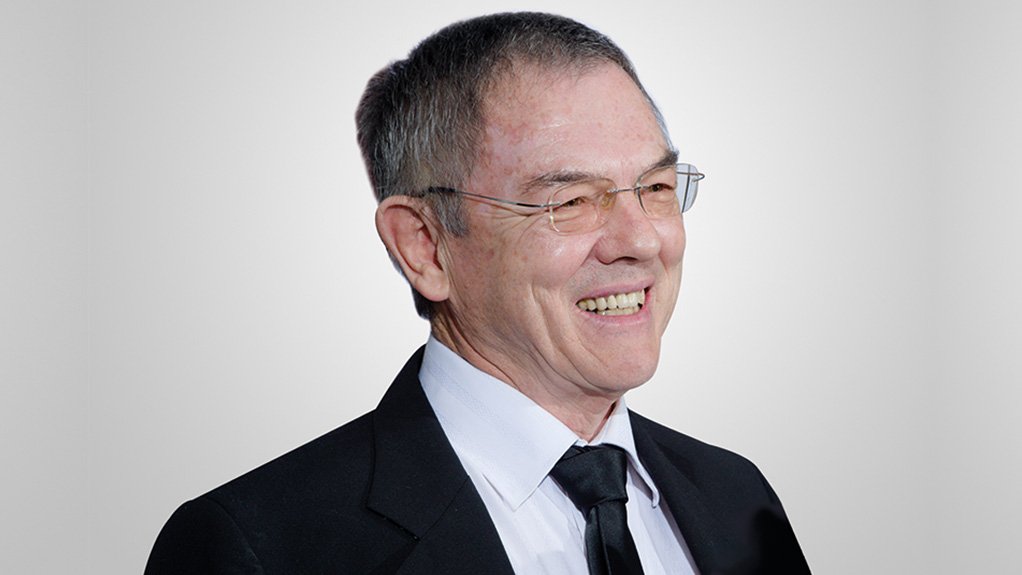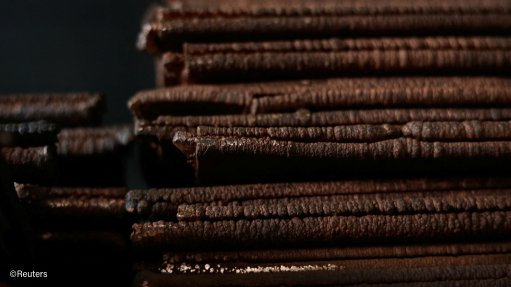Society encourages individuals to keep up with automation


JOHAN MAARTENS “The traditional approach to instrumentation and control is to measure parameters of a process, and by various control algorithms, ensure that the parameters remain within the specifications set by the process as designed” – Johan Maartens
Despite the loss of 1.7-million jobs, owing to automation, the ‘The Future of Jobs 2020’ report predicts that automation will create about 97-million new jobs globally by 2025; it is, therefore, important that individuals continuously improve their skills sets to keep pace with the advancement of automation, says Society for Automation, Instrumentation, Mechatronics and Control (SAIMC) director and CEO Johan Maartens.
Instrumentation and control are vital to ensure that industrial processes are kept safe and functional to protect personnel and the environment against accidental damage.
“The traditional approach to instrumentation and control is to measure parameters of a process, and by various control algorithms, ensure that the parameters remain within the specifications set by the process as designed,” he explains.
Automation takes this concept to a whole new level.
For instance, the difference between the traditional process control of a vehicle and an aircraft is that a vehicle’s speed control maintains a predetermined speed, whereas the autopilot function on aircrafts maintains a specific direction at a predetermined speed and altitude.
However, more recently, both have introduced a “more sophisticated” control, adds Maartens.
The vehicle is no longer kept at a preset speed, with the control system varying the speed, depending on traffic, road conditions, etc. In the case of an aircraft, the modern autopilot function is not limited to preset directions, speeds and altitudes, but can also perform landings.
Moreover, Maartens notes that scheduling the manufacturing of a vehicle to customer specifications requires more than control, it requires automation.
“It now requires downloading customer specifications from the commercial system; investigating work-in-progress items; checking parts availability and the delivery times of items not available in stores; understanding the current production schedules, automatically ordering items required and then scheduling the production of the vehicle on a specific production line at a specific date when the line is available and by when all parts will be delivered.”
Maarten offers another example, that of automating traffic lights, where measuring the time a light is green before changing it to orange and red is no longer that important. These traffic lights can now be automated to actually monitor the traffic or the time of day and vary the time settings according to more parameters than just time elapsed.
Moreover, Manufacturing Operations Management (MOM) and Manufacturing Execution Systems (MES) play an integral part in the Smart Manufacturing concept - “Smart manufacturing is the notion of orchestrating physical and digital processes within factories and across other supply chain functions to optimize current and future supply and demand requirements,” notes Maartens.
Meanwhile, the Industrial Internet of Things (IIoT) collects data from sensors, devices, machines, and controllers. This enables MOM/MES to use that data and “complete the picture” by providing details on customers, orders, products, recipes and bills of materials, he explains.
Automation does not replace electrical, mechanical, chemical and other disciplines.
As a further example, Maartens cites controlling a distillation column through instrumentation and control, in which the chemical properties of the process are specified by chemical engineering while the control systems often have electrical components.
The implementation of the controls, the placing of the measurement elements and the parameters of the control systems, however, lie in the automation field.
He says when there is a fault in the industry, it is not always apparent where the problem originated as one fault can lead to another very quickly.
For these failures, industry applies the Root Cause Analysis technique, a technique used to trace a problem to its origin. This is fundamental, as there are so many disciplines involved in industrial processes, reiterates Maartens.
“With the current unplanned failures at State-owned utility Eskom, the application of root cause analysis does not seem to have the necessary focus these types of equipment deserve.”
Comments
Press Office
Announcements
What's On
Subscribe to improve your user experience...
Option 1 (equivalent of R125 a month):
Receive a weekly copy of Creamer Media's Engineering News & Mining Weekly magazine
(print copy for those in South Africa and e-magazine for those outside of South Africa)
Receive daily email newsletters
Access to full search results
Access archive of magazine back copies
Access to Projects in Progress
Access to ONE Research Report of your choice in PDF format
Option 2 (equivalent of R375 a month):
All benefits from Option 1
PLUS
Access to Creamer Media's Research Channel Africa for ALL Research Reports, in PDF format, on various industrial and mining sectors
including Electricity; Water; Energy Transition; Hydrogen; Roads, Rail and Ports; Coal; Gold; Platinum; Battery Metals; etc.
Already a subscriber?
Forgotten your password?
Receive weekly copy of Creamer Media's Engineering News & Mining Weekly magazine (print copy for those in South Africa and e-magazine for those outside of South Africa)
➕
Recieve daily email newsletters
➕
Access to full search results
➕
Access archive of magazine back copies
➕
Access to Projects in Progress
➕
Access to ONE Research Report of your choice in PDF format
RESEARCH CHANNEL AFRICA
R4500 (equivalent of R375 a month)
SUBSCRIBEAll benefits from Option 1
➕
Access to Creamer Media's Research Channel Africa for ALL Research Reports on various industrial and mining sectors, in PDF format, including on:
Electricity
➕
Water
➕
Energy Transition
➕
Hydrogen
➕
Roads, Rail and Ports
➕
Coal
➕
Gold
➕
Platinum
➕
Battery Metals
➕
etc.
Receive all benefits from Option 1 or Option 2 delivered to numerous people at your company
➕
Multiple User names and Passwords for simultaneous log-ins
➕
Intranet integration access to all in your organisation



















